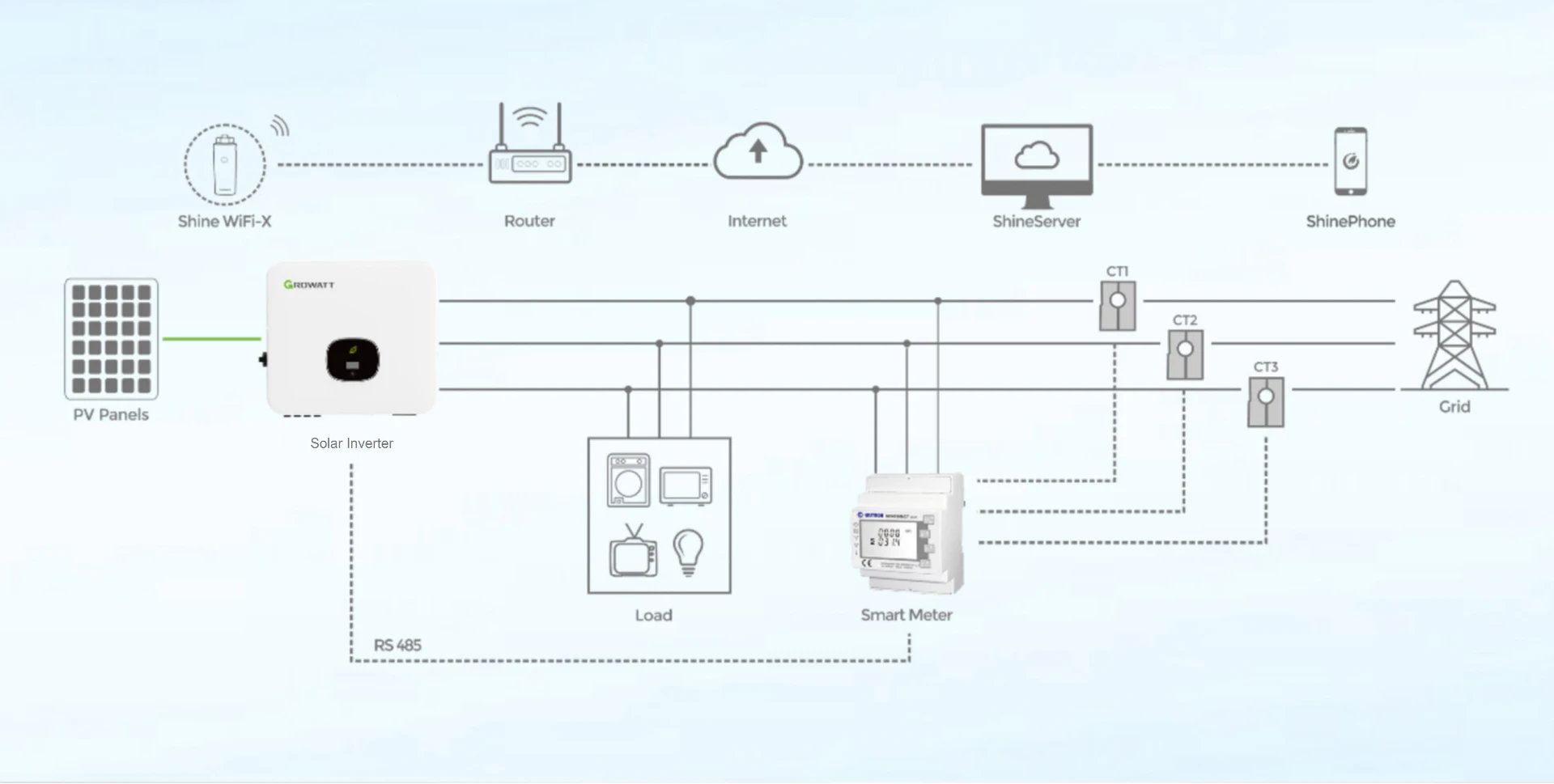Comparing Bifacial and Monofacial Solar Panels for Maximum Energy Efficiency
Bifacial vs. Monofacial Solar Panels Understanding the Differences and Benefits
As the solar industry continues to evolve, the choice between bifacial and monofacial solar panels has become a significant consideration for homeowners, businesses, and investors alike. Understanding the distinctions between these two types of solar technology is essential for making informed decisions about solar energy investments.
Monofacial Solar Panels
Monofacial solar panels are the traditional type of solar technology, featuring a single layer of photovoltaic (PV) cells encased in a protective glass layer on one side. These panels capture sunlight directly from above and convert it into electricity. They are widely used due to their reliability, established technology, and typically lower initial cost compared to bifacial panels. However, the efficiency of monofacial panels is limited to the amount of direct sunlight they receive, often making them less effective in environments that don’t get consistent sunlight, such as shaded areas.
Bifacial Solar Panels
Bifacial solar panels, on the other hand, are designed to harness sunlight from both sides. By allowing sunlight to reach the PV cells from both the front and rear surfaces, these panels can increase energy generation, especially in conditions where light is reflected off surfaces such as snow, sand, or concrete. This dual-face technology means bifacial panels can produce up to 30% more electricity in optimal conditions compared to their monofacial counterparts, maximizing energy yield from a given installation area.
bifacial vs monofacial solar

Comparative Benefits
One of the most notable advantages of bifacial panels is their higher efficiency and energy output. This can lead to a faster return on investment, making them particularly attractive for large-scale solar installations. Additionally, bifacial panels tend to have a longer lifespan and better durability than monofacial panels, thanks to their design and the materials used, which can result in lower maintenance costs over time.
However, installing bifacial panels generally comes with higher upfront costs due to their advanced technology. Proper installation is also key to optimizing their performance; they are best used in scenarios that enhance their ability to capture reflected light, such as elevated installations or those placed over white or reflective surfaces.
Conclusion
Ultimately, the choice between bifacial and monofacial solar panels should depend on specific project requirements, budget constraints, and site conditions. While bifacial panels present a more advanced solution with greater potential energy production, monofacial panels continue to be a reliable and cost-effective option for many applications. As the technology matures, it is essential for stakeholders to assess their individual needs and circumstances to make the most informed choice in solar energy solutions.
-
String Solar Inverter: The High-Efficiency Solution for Smart Solar EnergyNewsJul.14,2025
-
Revolutionizing Rooftop Energy with the Power of the Micro Solar InverterNewsJul.14,2025
-
Power Independence with Smart Off Grid Solar Inverter SolutionsNewsJul.14,2025
-
On Grid Solar Inverter: Powering the Future with Smart Grid IntegrationNewsJul.14,2025
-
Monocrystalline Solar Panels: High-Efficiency Power for the Future of Clean EnergyNewsJul.14,2025
-
Bifacial Solar Panel: A Smarter Investment for Next-Generation Energy SystemsNewsJul.14,2025







